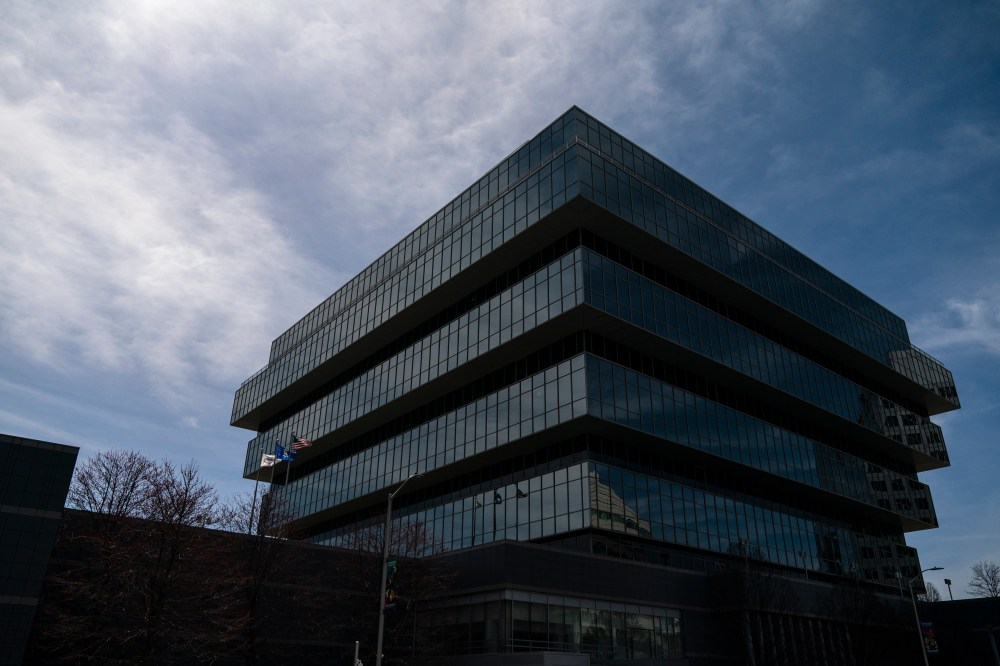The Supreme Court on June 27 voted 5-4 to reject a Purdue Pharma bankruptcy settlement plan. The deal would have shielded members of the Sackler family who owned the beleaguered drug maker from liability regarding civil claims connected to the company’s aggressive marketing of the powerful opioid OxyContin. The family members—whose name long adorned the walls of major arts institutions around the world—were to have funded the deal with up to $6 billion. The plan called for the dissolution of Purdue Pharma and the disbursement of roughly $8 billion to state and local governments to cover costs associated with opioid addiction, as well as a payout of about $750 million to victims. It also offered the Sackler family members personal protection from current and future civil suits—but not criminal suits—related to the highly addictive painkiller.
References: this article is based on content originally published by News Desk on Artforum. You can read the full article here.
No Sackler family member has been involved with Purdue since 2018. Those family members who owned Purdue had long sought personal immunity in relation to the problems of the Stamford, Connecticut–based company, which—beset by thousands of lawsuits filed by individuals, states, and tribes connected to its practice of supplying kickbacks to doctors who prescribed OxyContin while downplaying its addictive qualities—filed for bankruptcy in 2019. A 2021 bankruptcy ruling allowed family members to pay $4.5 billion in exchange for protection from civil suits, but the controversial decision was overturned in federal court weeks later. The judge in that instance cited the fact that Sackler family members had withdrawn more than $10 billion between 2008 and 2018, at the long and sustained height of the opioid crisis, during which more than half a million Americans died. By 2019, most of those funds were held in offshore accounts and thus beyond the reach of US authorities.
References: this article is based on content originally published by News Desk on Artforum. You can read the full article here.
Writing for the majority, Justice Neil Gorsuch noted, “The Sacklers have not filed for bankruptcy and have not placed virtually all their assets on the table for distribution to creditors, yet they seek what essentially amounts to a discharge.” Gorsuch further wrote that the bankruptcy code does not support “discharge claims against a non-debtor without the consent of affected claimants” and pointed out that “the Sacklers seek to pay less than the code ordinarily requires and receive more than it normally permits.”
References: this article is based on content originally published by News Desk on Artforum. You can read the full article here.
Justice Brett Kavanaugh, writing for the dissenters, called the decision “wrong on the law and devastating for more than 100,000 opioid victims and their families.” Asserting that the ruling would inflict “still more injury” on the victims, he wrote that “allowing . . . animosity [toward the Sacklers] to infect this bankruptcy case is entirely misdirected and counterproductive” and opined that “opioid victims and other future victims of mass torts will suffer greatly in the wake of today’s unfortunate and destabilizing decision.”
References: this article is based on content originally published by News Desk on Artforum. You can read the full article here.
Sackler family members in a statement said that they “remain hopeful about reaching a resolution that provides substantial resources to help combat a complex public health crisis,” and said that “costly and chaotic legal proceedings in courtrooms across the country” were likely to ensue if no agreement could be arrived at.
References: this article is based on content originally published by News Desk on Artforum. You can read the full article here.






